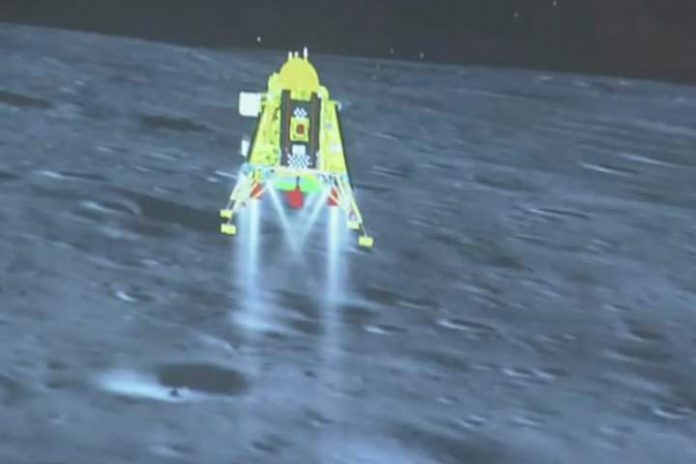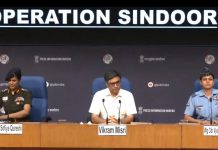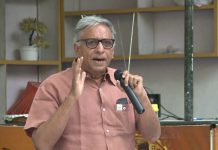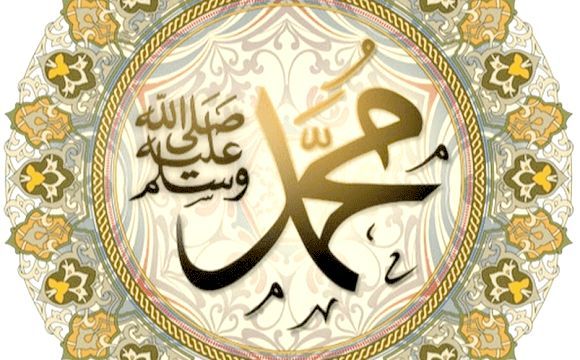India scripted history by becoming the first country to successfully soft-land on the moon’s south pole on Wednesday. “Chandrayaan-3 Mission: ‘India, I reached my destination and you too!’: Chandrayaan-3,” posted ISRO on the social media platform X (previously known as Twitter).
Chandrayaan-3 lander module successfully landed on the moon’s South Pole on Wednesday evening, making India the first country to achieve the historic feat. PM Modi hailed the Chandrayaan-3 mission that created history and said “India is now on the moon”. Prime Minister Narendra Modi has joined the mission control headquarters virtually from South Africa, where he is attending the BRICS summit.
India has become the fourth country after the US, China and Russia to have successfully landed on the moon’s surface, it has earned a place in record books as the first to touchdown on the south side of Earth’s only natural satellite.
Chandrayaan-3: A look at the impressive journey
Chandrayaan-3 (Sanskrit for “mooncraft”) is the third Indian lunar exploration mission under the Indian Space Research Organisation’s (ISRO) Chandrayaan programme. It consists of a lander named Vikram and a rover named Pragyan, similar to those of the Chandrayaan-2 mission. The propulsion module carried the lander and rover configuration to lunar orbit in preparation for a powered descent by the lander.
India’s Chandrayaan-3 mission is set to begin exploring an area of the moon that has yet to be visited and has water ice that could be a resource for future missions.
Chandrayaan-3 was launched on GSLV Mark 3 (LVM 3) heavy-lift launch vehicle on July 14 from the Satish Dhawan Space Centre in Andhra Pradesh’s Sriharikota as per the scheduled launch time.
On August 5, the Chandrayaan-3 spacecraft successfully entered into the Lunar orbit. “MOX, ISTRAC, this is Chandrayaan-3. I am feeling lunar gravity,” the Indian Space Research Organisation (ISRO) posted on ‘X’ (formerly Twitter).
On August 17, the mission marked another giant leap in its lunar quest as the ‘Vikram’ lander module of the spacecraft successfully separated from the propulsion module.
On August 20, the second and final deboosting operation of Chandrayaan-3 was carried out successfully. Deboosting is the process of slowing down the spacecraft for successful landing.
On August 21, the Chandrayaan-2 orbiter, which was already fixed around the moon, established a two-way connection with the lander module of Chandrayaan-3.
On August 22, ISRO released some more pictures of the moon captured by the camera attached to the Vikram Lander module.
On X, the platform formerly known as Twitter, Bill Nelson, administrator of NASA, offered his congratulations to ISRO after India became the fourth nation to successfully soft-land a spacecraft on the moon. “We’re glad to be your partner on this mission!” he wrote.
India’s main opposition party, the Indian National Congress, joins in the celebrations. “We are deeply indebted to the remarkable hard work, unparalleled ingenuity and unflinching dedication of our scientists, space engineers, researchers,” Mallikarjun Kharge, the party’s president, said.
Indian leader Rahul Gandhi has said the moon landing was a result of “tremendous ingenuity and hard work” by the country’s scientific community.
“Since 1962, India’s space program has continued to scale new heights and inspire generations of young dreamers,” he posted on social media platform X.

















